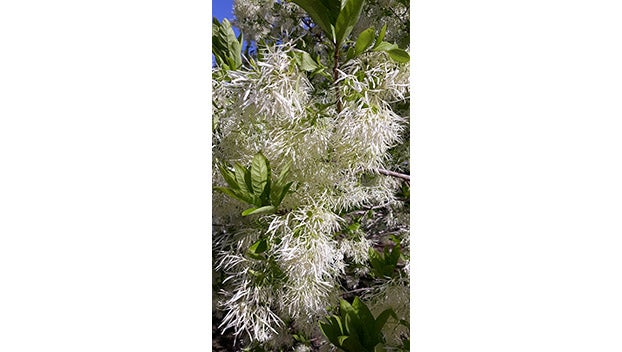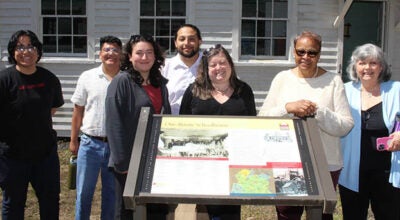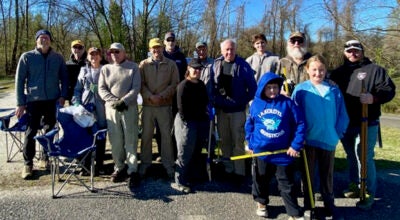Small trees with big personalities
Published 8:39 am Tuesday, August 2, 2022

- The fringe tree blooms in late April and early May, and its blossoms appear as drooping clusters of delicate white threads of silk, writes Mary Catherine Foster.
|
Getting your Trinity Audio player ready...
|
By Mary Catherine Foster
Virginia Master Naturalist
There is beauty in our local forest from early spring into midsummer. Several small- to medium-height trees, those under 40 feet, offer some stunning blossoms if you focus your attention on the show along roadsides and forest margins.
The parade of blooming understory trees begins in March with the native dogwood and eastern redbud, which are easily noticed as they add a pop of color to the landscape before leaves emerge on deciduous trees. Once new growth appears in the forest, it is more challenging to identify three other small trees that are waiting for their time to bloom.
After the dogwoods and redbuds have shown themselves, the fringe tree (Chionanthus virginicus L.) blooms in late April and early May. Often, they grow as a suckering shrub or a small tree reaching 25 feet. This year, they were spectacular. The blossoms appear as drooping clusters of delicate white threads of silk. This is one of the last trees to bear new leaves in the spring.
There was an eye-catching specimen beautifying the intersection of routes 10 and 258 in Smithfield in late April. At the same time, there were fringe trees in full bloom at the entrance to St. Luke’s Historic Church & Museum.
Right on the heels of the fringe tree in the blooming cycle is the sweetbay magnolia (Magnolia virginiana). The sweetbay magnolia grows to a height of 20 to 30 feet with a narrow rounded crown. It is a cousin of the huge southern magnolia but has none of the annoying traits of its larger cousin. Sweetbays bloom from mid-May through mid-July with blossoms that are creamy white, lemony scented and close at night among the tree’s spicy aromatic foliage — if crushed. Colonists called it the beaver tree because its fleshy roots were used as bait in traps for beaver.
Offering additional beauty to the summer scene is the sourwood (Oxydendron arboretum). The name of sourwood refers to the taste of the leaves, which turn bright red in the fall. Sourwoods can reach 30 to 40 feet in height and more depending on the growing conditions. At the edge of the forest, sourwoods appear more pyramidal and branched to the ground. Lily-of-the-valley-type flowers hang below on long stems that droop in clusters. Bees love the flowers, and honey made from the flowers is prized.
These native small trees work well in home landscapes. Besides the beauty they offer, they benefit wildlife by providing food for small mammals and birds, nectar for insects and are host for eggs of pollinators.
The Virginia Department of Forestry is a good resource for obtaining information on native trees and shrubs. Visit their website at www.dof.virginia.gov.





